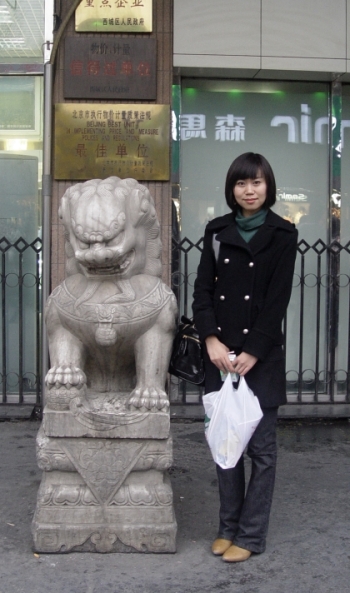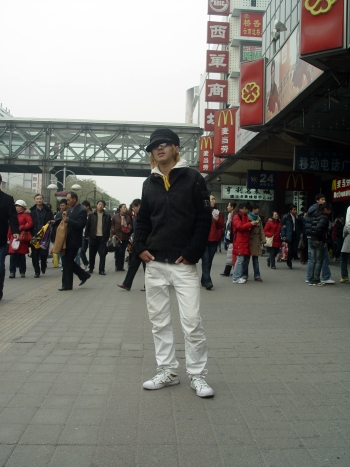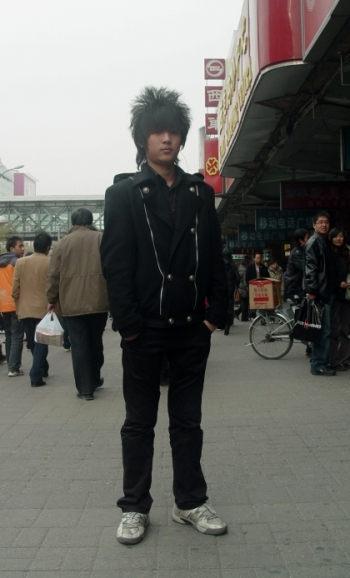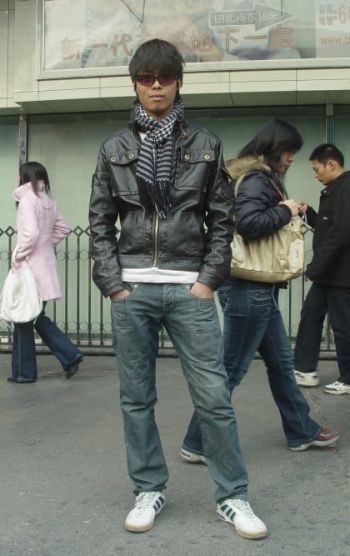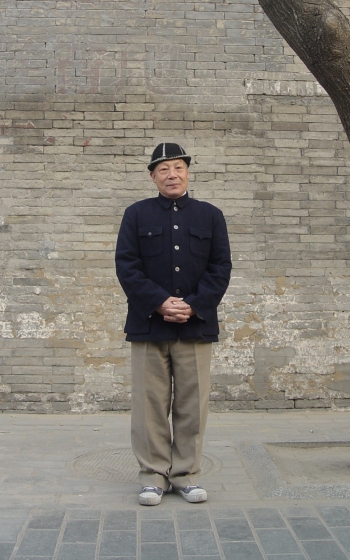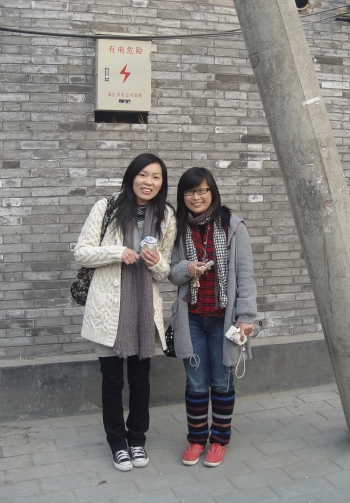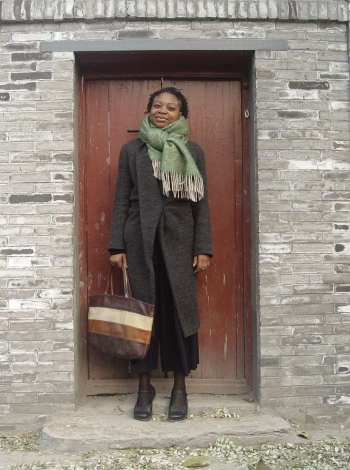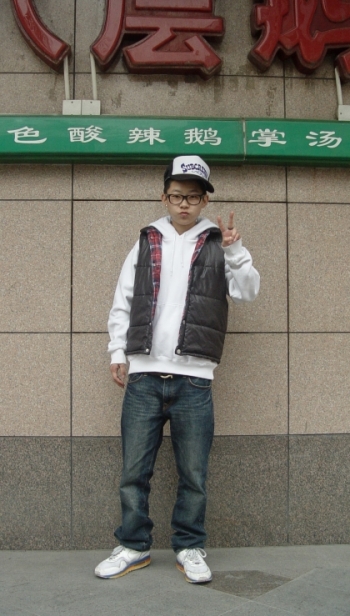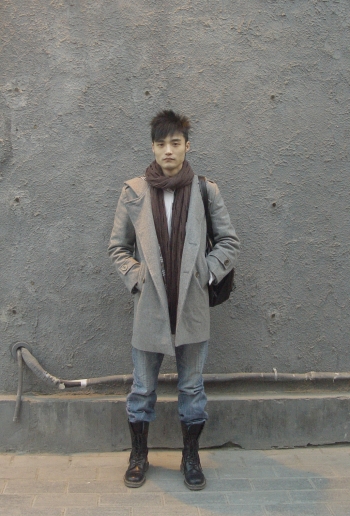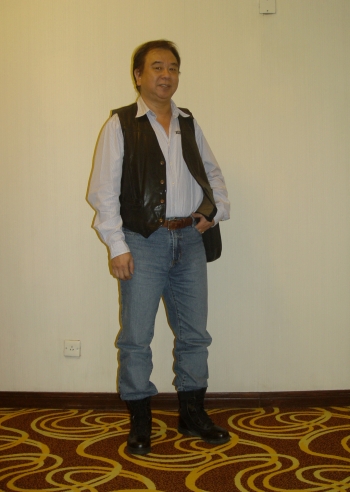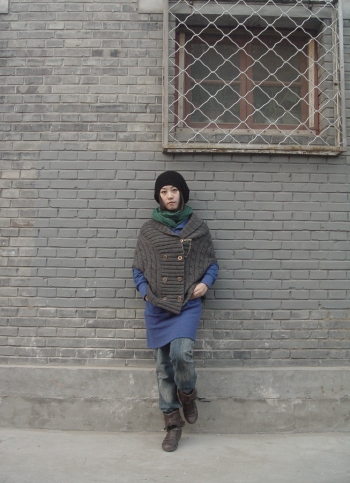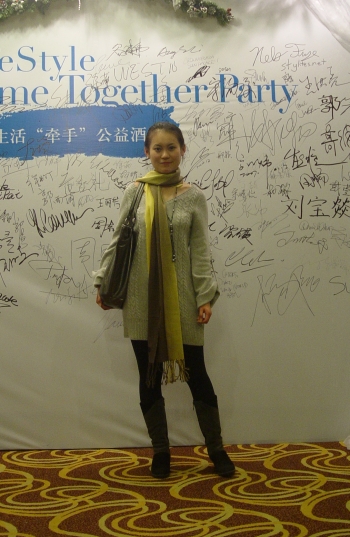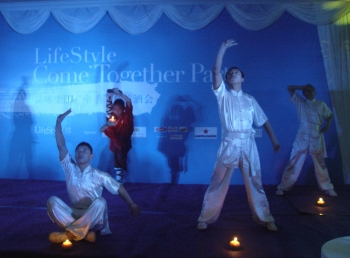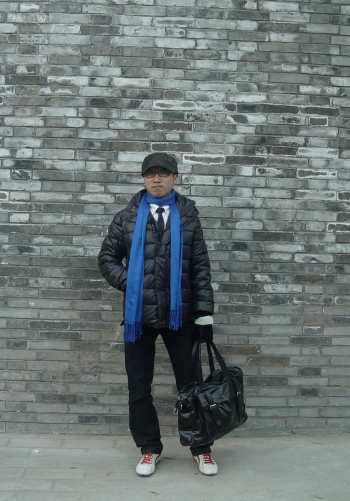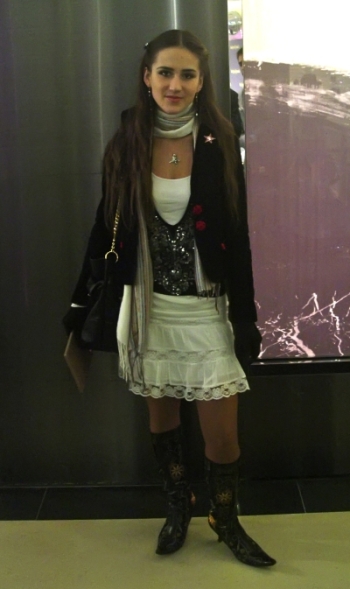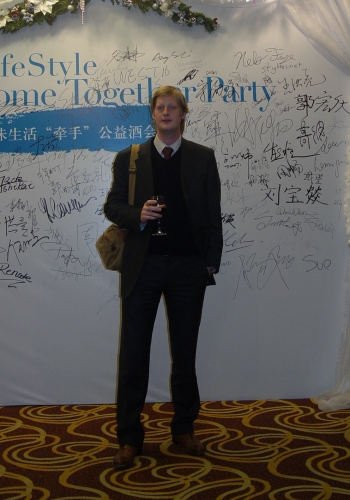
Lee Spears from Bloomberg showed up at the party. One doesn’t see English bench-made shoes and fully-canvassed suits much in Beijing, either on foreigners or locals. It is easy to forget about the existence of handmade articles and the sartorial traditions of the West.
One problem that remains here is the absence of quality handmade goods. Some people are surprised to hear this, considering labor is so cheap. Since I’ve never really been in the apparel industry I don’t understand all of the dynamics here, but I’ve identified three major causes, or perhaps “features” of this general situation.
First, goods produced for export are much higher quality than those for the domestic market. A whole range of well-known economic reasons cause this, particularly taxation policies and levels of domestic demand, but I prefer to focus on a cultural cause. Asian countries care about face. They want to make sure that what they send abroad to represent their country maintains that face. It’s ironic that Chinese goods are facing such scrutiny in the States when in fact what they export is very good, especially in comparison to what is available on the domestic market. I actually believe all of the Chinese government’s claims that they do maintain high quality and safety standards for the exports. The recent trouble was just the result of the media deciding to focus on the issue at a time of sensitivity related to the trade deficit. Japan and Korea are the same way. They take the quality of their exports extremely seriously and it is related to face, or at least that’s what people I know here in the government say.
Second, there is little domestic demand for high quality suits, shoes and other goods. Suits and cap toes aren’t really part of the tradition here, so you can forgive Chinese fashionistas for seeking inspiration elsewhere, such as Japan and Korea. For young people, who drive consumption of fashion here to a greater extent than they do in mature economies, hip-hop, skateboarding and other more casual styles that seem to express individuality are preferred to the Saville Row style that is undeniably tied to work and the office and sartorial rules. English is in though. Like in Japan, English mods are a major source of inspiration, and this style is related to the Saville Row tradition, though the inspiration was more directly Italian tailoring. More on local interpretations of mod in the future. There are several shops opening which purport to deliver the mod aesthetic. Older people who would prefer the formal style of Saville Row came onto the consumption scene a bit late.
Third, there has to be some mention of economic causes. China’s economy is geared toward economies of scale and raw material prices are high. Things work well here if they are produced in vast quantities with relatively cheap raw materials. Outside of cashmere and silk, the raw material for most high-end garments has to be imported, and faces taxes.
Back to Lee. The grandpa-esque v-neck is neutralized by the trendy bag. But who am I to jeer at v-necks, with my ubiquitous cardigan?
